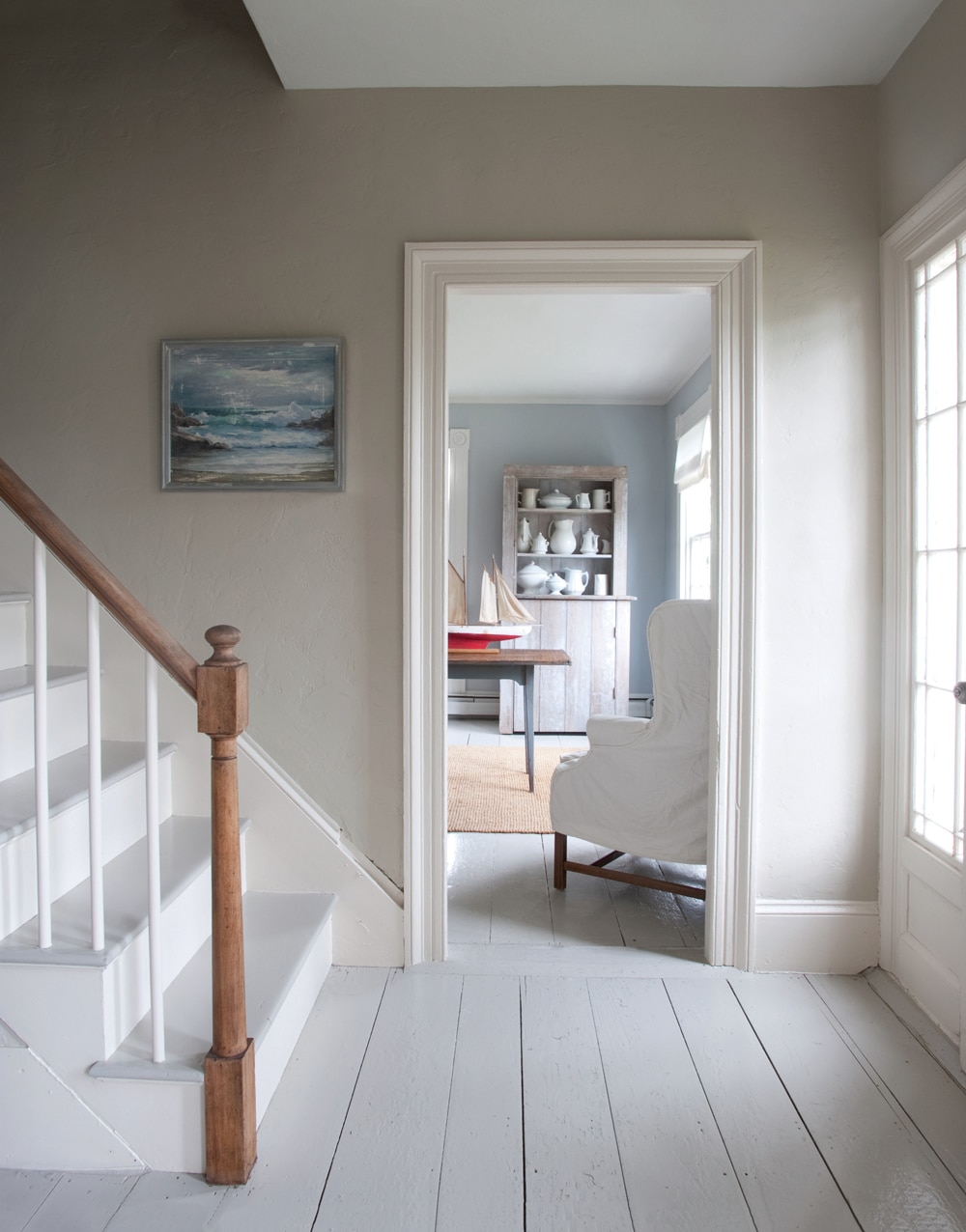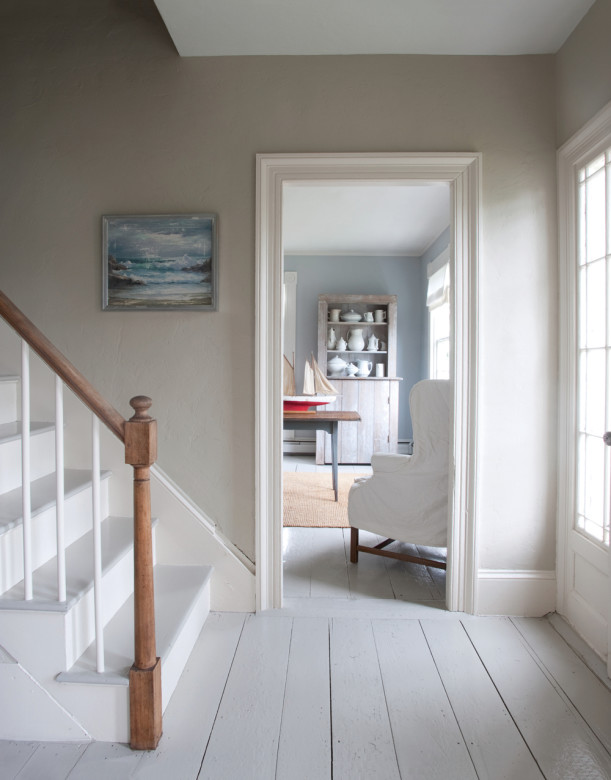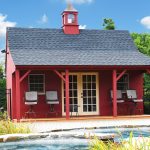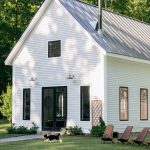Hang On To The “Good Stuff” | 5 Ways to Love Old Houses
We in New England are surrounded by the handiwork of long-ago craftsmen. The gospel of old house “good stuff” according to This Old House’s Bruce Irving.

Coffee By Design | Portland, Maine
Photo Credit : Katherine Keenan
Photo Credit : Kindra Clineff
When I was working as a producer at This Old House, there were times when the team of Norm Abram and Tom Silva would open up some wall or ceiling and look at the underlying structure, and one would mutter, “They don’t build ’em like they used to,” to which the other would reply, “Thank God.” The gross under-framing; the huge chunks of joists cut away by errant plumbers; in one case in Nantucket, the studs made from driftwood…. Plenty of past “craftsmanship” was not worth much more than a shaking of the head and a proper repair.
But, oh, the good stuff. We in New England are surrounded by the handiwork of long-ago craftsmen. Beyond the glories of our historic town halls, churches, and libraries are quieter, less public triumphs of art and craft, domestic treasures that anyone lucky enough to possess should think long and hard about renovating out of existence. The spirit of their makers is in them still, and if you don’t buy that, know this: You can’t get most of this stuff anymore.
I’m talking about wide-planed floorboards; windows built in a workshop, with wood so dense that it’s held up through the weather of 200 years and glass that bears the swirling lines that settled into place at the moment of its cooling; handmade doors whose time-softened edges will never be seen at a Home Depot; and turned porch balusters that came out of a steam-powered factory and arrived in your town on a freight train. I’m talking about horsehair plaster—which gives itself away by the subtle waves you feel as you run your hand over it—that boasts an acoustic-dampening quality that no modern wallboard can duplicate. Next time you’re in a room with such walls, stand in the middle and clap your hands once. Try that in a McMansion, hear the harsh echo, and you’ll get my point.
Extraordinary saves I’ve had the pleasure of witnessing include an entire landscape painted on a plaster wall by the 19th-century itinerant muralist Rufus Porter, painstakingly cut loose from its original spot, where it was in peril of destruction, and transported 100 miles to a new home in an old house. Once, the This Old House crew disassembled, moved, and rebuilt an entire staircase, bringing its quarter-sawn-oak beauty into the center of a new floor plan.
But you don’t have to do such heavy lifting to be a domestic hero. Start with your windows. If they’re old and wooden, they’re probably worth saving. Wood of such quality is no longer available, and their simple sash mechanism, whether it be friction or iron counterweights, will endure long after the plastic tackle of a modern window breaks. More important, the single-strength glass will never fog, as the sure-to-fail seals of thermal pane units will eventually cause them to do. Properly tuned up with new weather-stripping and modern storm windows, old wood windows achieve about the same insulating value as replacement units do, fit the look of an old house far better, and will long outlast their modern brethren.
Do, however, feel free to bring modernity to your old house’s “wet areas.” Unless they’re museum-worthy timepieces, kitchens and baths should, in my opinion, embody a house’s evolution over time. You are here, living and breathing and owning—let your hardest-working spaces reflect that.
A good rule of thumb is to think about saving anything in your home that bears the marks of a person’s handwork or is made of material that’s rare or impossible to duplicate these days. Consider the thinking of earlier owners—what did they spend extra time and money on, perhaps as a show of house pride or even vanity? The reeded mantel? The ornate ceiling medallion? The leaded-glass sidelights at the front door? Don’t hastily steamroller their authorship on the way to writing your own story. Often choices from the past have more staying power than those of today.
Participating in that staying power can feel good. On one particular This Old House project, an 1888 Queen Anne, I would stay after each day’s shoot, high up on a scaffold with a variable-temperature heat gun and a set of paint-stripping tools that wouldn’t have looked out of place in a dentist’s office, geeking out on a decorative band of garlands and wreaths, picking off years of paint to reveal the crisply carved wood beneath. The work played the smallest of parts in the overall restoration of the house’s character, but the results were deeply satisfying. I felt as if I’d honored the craftspeople who’d built the house, and the old girl got some of her swagger back. That’s good stuff.








Well said, Bruce, and also think of the value of saving all the old wood and other materials from going into a landfill and being replaced with modern manufactured materials, often artificial and mass produced, and in some cases off-gassing noxious to toxic fumes. Old houses – good for the soul, the body and the earth!